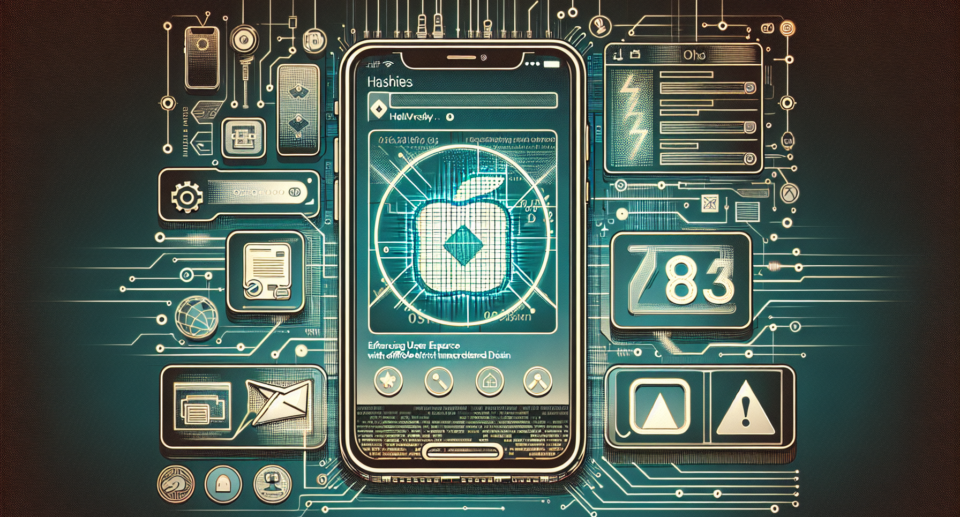Enhancing User Experience with Offline-First iOS Design: Leveraging WebViewGold’s Fallback Mode for Uninterrupted Access

In today’s fast-paced digital world, a seamless user experience is crucial for the success of any mobile application. An often-overlooked aspect of this experience is the application’s performance when internet connectivity is unreliable or non-existent. This is where the concept of Offline-First design comes into play. By planning for offline scenarios, developers can create more resilient apps that deliver continuous functionality and content to users, regardless of network conditions.
The Challenge of Keeping Users Connected
Many iOS applications rely on web content to provide valuable information or services to their users. However, even in our connected age, users might find themselves in areas with spotty or no internet coverage. This could potentially mean loss of access to crucial app functionalities, leading to frustration and a poor overall user experience. The goal, therefore, is to ensure that users retain access to content and features within an app even while they are offline.
Introducing WebViewGold‘s Fallback Mode
WebViewGold offers a graceful solution to keep your web content accessible by leveraging its Fallback Mode. This powerful feature enables your iOS app to display preloaded content when there is no internet connection available. By converting your website into an iOS app using WebViewGold, you not only ensure a quick and easy app development process but also gain the ability to maintain user engagement with offline capabilities.
How Does Fallback Mode Enhance User Experience?
When utilizing WebViewGold‘s Fallback Mode, your app automatically detects a lack of network connectivity and switches to displaying local
